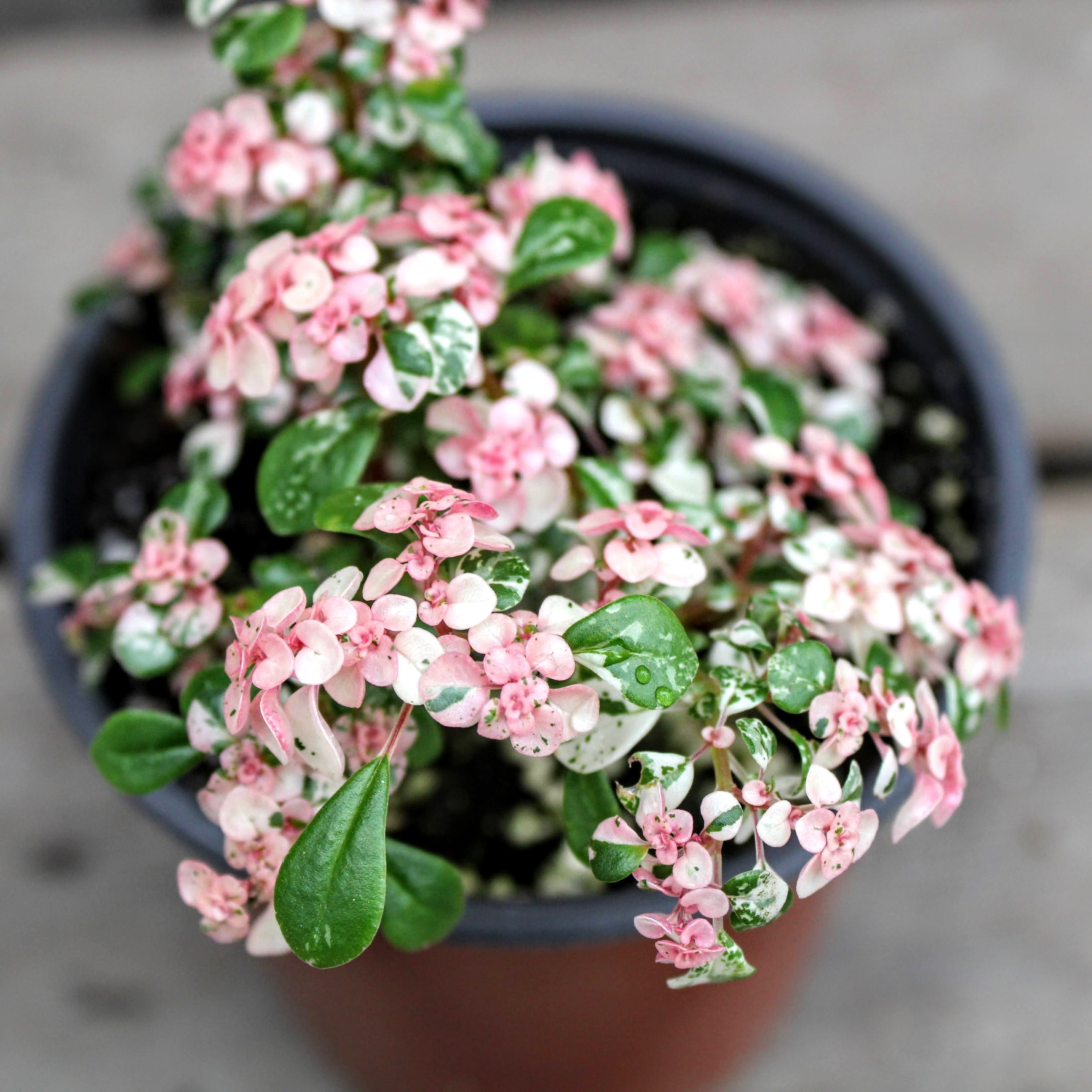Pilea Artillery

Pilea artillery
Growing artillery plants (Pilea serpyllacea) provide an interesting ground cover option for shady gardens in the warmest of southern states. Artillery plants can also provide fine succulent-textured, green foliage for containers as the flowers are not showy.
How big does artillery plant get?
Pilea microphylla, commonly called artillery plant, is native from Mexico to Brazil. It is a short-lived perennial or annual that typically grows from 8-12” tall. In its native habitat, it may spread to as much as 24” wide and is sometimes massed as a ground cover.
Is artillery plant invasive?
Artillery plant is native from Mexico to Brazil, often rooting in moist soil along walls and rocky places in USDA zones 11 to 12. This plant has been recorded as invasive in forty-six countries, including Brazil, India, Ecuador, China, and Micronesia.
Is Pilea microphylla invasive?
An invasive weed that often spreads as a contaminant. Its native range Native to Central and South America, the artillery plant thrives in tropical climates. The first collection was in Oahu in 1925. Although it is in the horticultural plant trade, it is a major pest of potted plants and cultivated gardens in Hawaii.
How often should I water my artillery plant?
Growing in full sun but preferring light shade, artillery plant needs well-drained yet moist soils and should only be watered when the soil dries. Plant on 18- to 24-inch centers to establish a quick cover.
Is artillery plant poisonous?
The ASPCA has it on its list of nontoxic plants if that's any reassurance. It also has been used medicinally in Cuba. Some scientific testing of the compounds found in the plant show antibacterial and antioxidant potential.
How much light does an artillery plant need?
This tropical species thrives best with a daytime temperature range of 65 to 85°F and 1000 to 2000 foot-candles of daylight, which is another way of saying bright indirect light.
How long does pilea Microphylla live?
| Plant name | Pilea microphylla |
|---|---|
| Common name | Artillery plant |
| Life cycle | 1 – 3 Years |
| Mature size | 8-12 inches tall and up to 24 inches wide |
| Cultivation | Central and South America, the West Indies |
How do you care for a Pilea artillery plant?
Part of your artillery plant care includes keeping the soil moist, but not soaked. Water when the soil is dry to the touch. Fertilization every few weeks promotes growth. Artillery plant info recommends feeding with a balanced houseplant food every five to six weeks.
How do you get rid of artillery ferns?
Contact herbicides, including pelargonic acid (Scythe®) and diquat (Reward®), can provide temporary control, but re-treatment is typically needed. Glyphosate (RoundUp® and many others), sulfosulfuron (Certainty®), and sulfentrazone (Dismiss®) typically only provide suppression or poor control.
Can Pilea microphylla grow in water?
Yes, and you'll probably start noticing them right away. When a plant is grown in water instead of soil, it will put a lot more energy into growing roots rather than growing leaves. So your Pilea will become root-heavy.
What humidity should an artillery fern be?
The name Artillery Plant comes from the way that its seed pods forcibly eject their pollen or seeds when the frond is touched. Best in an east facing window for medium light intensity. For best results, keep humidity constantly high and temperatures in the range of 62 to 65 F at night and up to 85 F during the day.
Do Pilea plants attract bugs?
Most common pests on Pileas Spider mites, mealy bugs, and fungus gnats are common pests that may attack the plant. A weakened or stressed Pilea is more susceptible to insect infestations. Sap-sucking bugs like spider mites can drain your plant of moisture.
Does Pilea like deep pots?
When planting rooted Pilea babies cuttings, choose a small and shallow container to begin with. Pilea pups won't get a head start if you plant them in a large pot that retains too much moisture. You may find that small pots will work best for small cuttings.
Where should I place my Pilea?
Pilea peperomioides is a low maintenance species that thrives in a bright spot near a window, but it is best to keep the plant out of direct sunlight as too much direct sun can cause the leaves to burn.
Why is my artillery plant dropping leaves?
The Temperature Is Too High Or Too Low When Pilea is exposed to drafts, it will begin to drop healthy leaves, so make sure to keep your plant away from extremes of heat and cold. Remember to monitor the temperature not just in the room, but also around the plant, and to maintain constant ventilation.
Why is my artillery fern turning brown?
The fern is one of the easiest plants to grow, either indoors or out, as long as you pay attention to its needs. Without ample water, humidity and sun, its leaves turn brown.
Is artillery plant a perennial?
Pilea microphylla, commonly called artillery plant, is native from Mexico to Brazil. It is a short-lived perennial or annual that typically grows from 8-12” tall. In its native habitat, it may spread to as much as 24” wide and is sometimes massed as a ground cover.
What is the deadliest plant in America?
Closely related to poison hemlock (the plant that famously killed Socrates), water hemlock has been deemed "the most violently toxic plant in North America." A large wildflower in the carrot family, water hemlock resembles Queen Anne's lace and is sometimes confused with edible parsnips or celery.
What is the most toxic house plant?
The most common toxic indoor plants are dieffenbachia (Dumb Cane), philodendron (Philodendron), and aloe vera (Aloe Vera). These plants contain a chemical called calcium oxalate raphides or “raphides,” which can cause mouth, throat, nose, eyes, and skin irritation in humans.








Post a Comment for "Pilea Artillery "